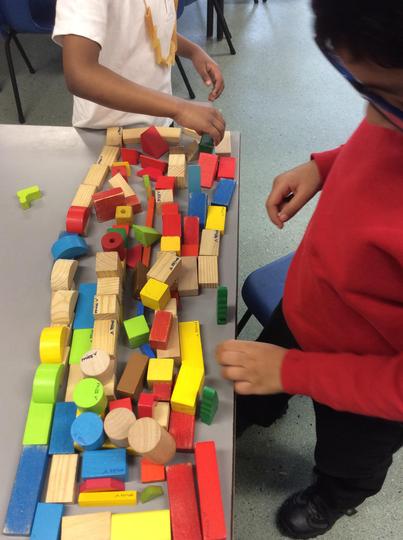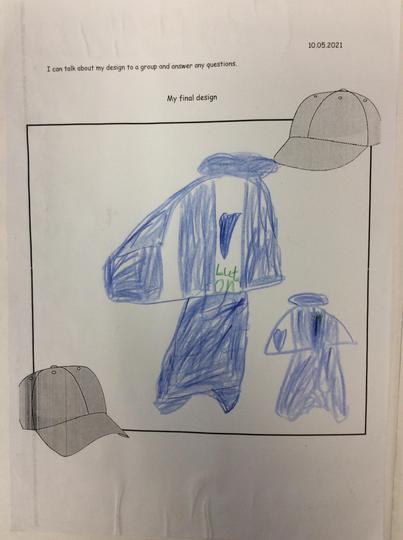Design and Technology



Design and Technology offers children a chance to use critical thinking and creativity within a defined purpose and tangible outcome. Through a variety of creative and practical activities, pupils are taught the knowledge, understanding and skills needed to engage in a process of designing and making. They work in a range of contexts through our topic based approach which allows for cross curricular links to be made.
Intent
At Hillborough Infant School, children receive a design and technology curriculum which allows them to exercise their creativity through designing and making. The children are taught to combine their designing and making skills with knowledge and understanding in order to design and make a product. Skills are taught progressively to ensure that all children are able to learn and practice in order to develop as they move through the school. Evaluation is an integral part of the design process and allows children to adapt and improve their product, this is a key skill which they need throughout their life. D&T allows children to apply the knowledge and skills learned in other subjects, particularly Maths, Science and Art. Children’s interests are captured through theme learning, ensuring that links are made in a cross curricular way, giving children motivation and meaning for their learning. Children will learn basic cooking skills.
Implement
Our whole curriculum is shaped by our school values. We aim to enable all children, regardless of background, ability, additional needs, to flourish to become the very best version of themselves they can possibly be. We teach the National Curriculum, supported by a clear skills and knowledge progression. This ensures that skills and knowledge are built on year by year and sequenced appropriately to maximise learning for all children. All teaching of DT should follow the design, make and evaluate cycle. Each stage should be rooted in technical knowledge. The design process should be rooted in real life, relevant contexts to give meaning to learning. While making, children should be given choice and a range of tools to choose freely from. To evaluate, children should be able to evaluate their own products against some design criteria. Each of these steps should be rooted in technical knowledge and vocabulary. DT should be taught to a high standard, where each of the stages should be given equal weight.
Impact
The outcomes of the broad teaching of DT across the school is seen in the children’s topic books, sometimes in the fortnightly newsletter to parents and through various displays that are put up showcasing their work throughout the year.
DT assessment is ongoing, to inform teachers with their planning, lesson activities and differentiation. Pupils’ learning can be assessed comparative to their starting points at the end of every topic, using the information on their knowledge organisers. DT teaching is also monitored regularly using a variety of strategies, such as book looks, learning walks, lesson observations and pupil voice (here a few children are asked about their experience of DT teaching and the knowledge they have acquired).
We aim for all children to achieve age related expectations in DT at the end of the Key Stage and that they will have a good understanding of the four stage cycle of DT.
